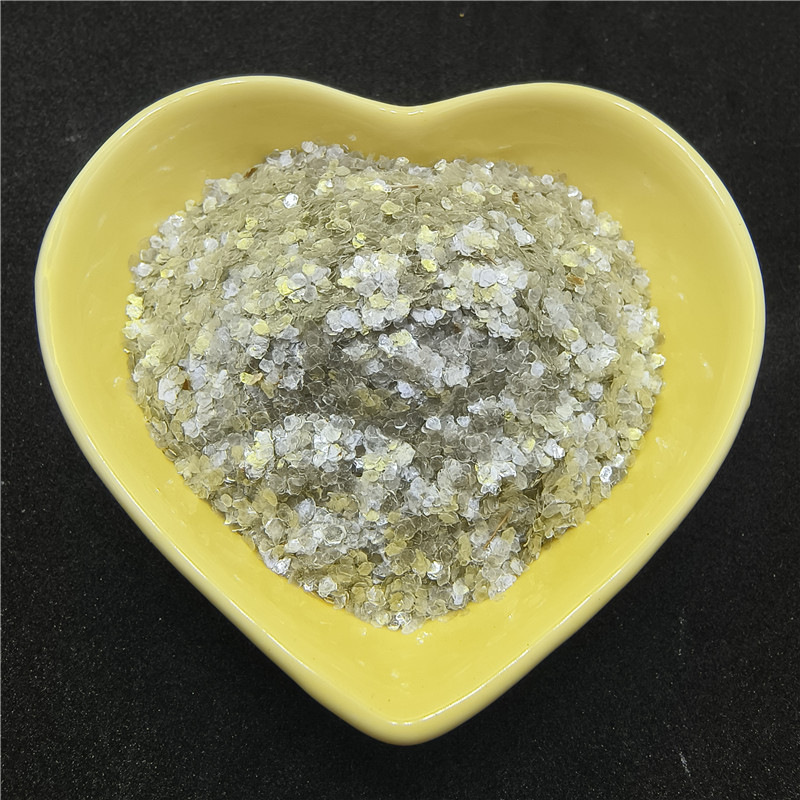
fly ash what is it
What is Fly Ash?
Fly ash is a fine, powdery material that is a byproduct of burning pulverized coal in electric power generating plants. It consists of the small particles that are carried away with the flue gases. As the combustion process occurs, these particles are cooled and captured by electrostatic precipitators or bag filters. Fly ash is commonly used in construction and various industrial applications due to its unique properties.
Composition and Properties
Chemically, fly ash is primarily composed of silica (SiO2), alumina (Al2O3), and iron oxide (Fe2O3), along with smaller amounts of calcium, magnesium, sulfur, and trace elements. Its composition can vary significantly depending on the type of coal that is burned and the specific combustion conditions in which it is produced.
The physical properties of fly ash include its fineness, light weight, and spherical shape, which contributes to its performance in concrete and other materials. Fly ash can improve the workability, durability, and strength of concrete, making it a valuable additive in construction projects.
Environmental Impact
The use of fly ash in construction and other applications has garnered significant attention due to its environmental benefits. By utilizing fly ash, we can reduce the amount of coal combustion waste sent to landfills, thereby lowering environmental pollution. Additionally, using fly ash in cement and concrete production can help decrease the greenhouse gas emissions associated with manufacturing traditional Portland cement, which is a significant contributor to carbon dioxide emissions.
The recycling of fly ash not only contributes to sustainability efforts but may also help conserve natural resources. By replacing a portion of cement with fly ash in the concrete mix, we can reduce the demand for raw materials, including limestone and clay, which are mined to produce cement.
Applications of Fly Ash
fly ash what is it

Fly ash is widely used as a supplementary cementitious material (SCM) in concrete production. When mixed with Portland cement, it can enhance the properties of concrete, such as workability, strength, and durability. The spherical shape of fly ash particles allows for better packing in the concrete matrix, leading to improved performance. Additionally, fly ash can enhance resistance to chloride-induced corrosion, alkali-silica reactivity, and sulfate attack.
Moreover, fly ash is used in the production of lightweight aggregates, helping to create high-performance concrete and masonry products. Its use as a lightweight aggregate can reduce the overall weight of structures, which is particularly beneficial in the construction of taller buildings and bridges.
Fly ash is also utilized in the manufacturing of bricks, blocks, and other precast concrete products. The incorporation of fly ash in these products helps to improve their compressive strength and durability, while also reducing the environmental impact of conventional manufacturing processes.
Regulatory and Safety Considerations
While fly ash has many benefits, it is essential to consider the potential environmental and health risks associated with its use. Fly ash can contain trace amounts of heavy metals and other harmful substances. Therefore, stringent regulations and safety standards have been established to monitor and manage fly ash use in construction and other industries.
In many countries, the use of fly ash is regulated by government agencies, and standards have been developed to ensure its safe and beneficial use. These regulations often focus on the quality of fly ash, its chemical composition, and its potential leachability of contaminants when used in construction materials.
Conclusion
Fly ash is a valuable byproduct of coal combustion that, when recycled, can have significant environmental benefits. As a supplementary cementitious material, it enhances the performance of concrete and reduces the carbon footprint associated with cement production. The ongoing research and development of fly ash use in various applications will continue to contribute to more sustainable construction practices, promoting the efficient use of resources and minimizing waste in our increasingly industrialized world. Understanding the properties, benefits, and regulatory aspects of fly ash is essential for its safe and effective application across various industries.
Share
-
Premium Pigment Supplier Custom Solutions & Bulk OrdersNewsMay.30,2025
-
Top China Slag Fly Ash Manufacturer OEM Factory SolutionsNewsMay.30,2025
-
Natural Lava Rock & Pumice for Landscaping Durable Volcanic SolutionsNewsMay.30,2025
-
Custom Micro Silica Fume Powder Manufacturers High-Purity SolutionsNewsMay.29,2025
-
Custom Mica Powder Pigment Manufacturers Vibrant Colors & Bulk OrdersNewsMay.29,2025
-
Custom Micro Silica Fume Powder Manufacturers Premium QualityNewsMay.29,2025






